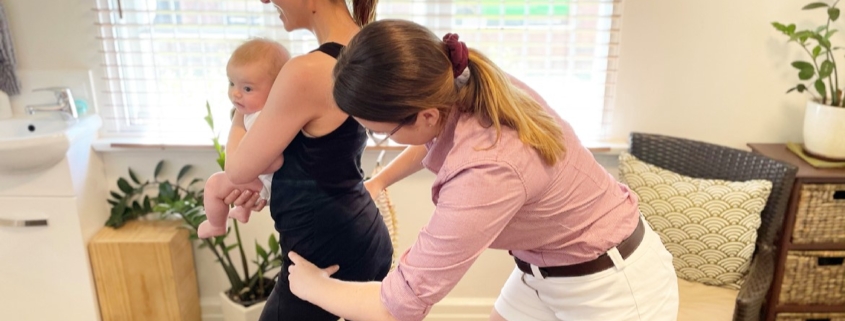Physiotherapy for Incontinence
Urinary continence is the ability to fully control your bladder movements; i.e. there is no leaking. Therefore, urinary incontinence is defined as an involuntary loss of urine. Whilst urinary incontinence can be common it isn’t normal and should be addressed to help people regain a sense of control over their bodies. Physiotherapy for incontinence can be a great help in improving symptoms. To understand how physio can help your incontinence it is important to understand the type of incontinence.
The most common types of incontinence are stress urinary incontinence and urge incontinence. Urge incontinence can also be called (OAB) overactive bladder syndrome. Or there is mixed incontinence which is a combination of both.
Stress Urinary Incontinence (SUI)
SUI is defined as a leakage of urine during movements that place stress on the pelvic floor. This can include moments of physical activity that increase your intra-abdominal pressure for example: coughing, sneezing, laughing, jumping, running or other forms of exercise.
SUI occurs due to weakness of the muscles and tissues around the pelvic floor. This weakness causing poor control of the opening and closing of the urethra.
How Physiotherapy can help your Stress Urinary Incontinence
Physiotherapy for SUI focuses on improving the strength around your pelvic floor muscles. This can include the following:
- Kegels (pelvic floor activation and relaxation): learning how to properly activate your pelvic floor and therefore fully relax which is vital to healthy bladder habits
- Glute strength: to ensure the pelvic floor can activate correctly it is important to make sure the glutes are strong and have the ability to lengthen.
- Making sure you have a safe return to exercise post pregnancy i.e. not returning to high load exercises before your pelvic floor has healed.
Urge urinary incontinence or OAB
OAB is used to describe a sudden overwhelming urge to pass urine even when the bladder isn’t full. These urges are caused by involuntary bladder spasms as the bladder is filling with urine. People often feel these urges when they hear running water or place their key in the door as they arrive home.
People with urge incontinence will need to use the toilet more often than others, have difficulty deferring the urge to pass urine and leaking associated with the urge.
Urge incontinence can occur due to many reasons. These include weak/ poor control of the pelvic floor muscles, poor bladder habits, infections including UTI, diabetes and pelvic prolapse. It can also occur due to conditions that affect the nervous system.
How Physiotherapy can help your urge incontinence
At Barefoot Physiotherapy our physios will help you address your OAB or Urge incontinence through the following treatment methods:
- Discussion around a bladder diary: it is important to track your habits so you can identify if there are patters or foods/drinks that are irritating your bladder
- Exercises to increase pelvic floor strength: Good bladder control requires a strong pelvic floor that is able to contract and relax as needed
- Double voiding: your physiotherapist will discuss trying a double voiding technique which means you empty your bladder twice. This may be helpful for people who have trouble fully emptying their bladder. After you go to the bathroom, you wait a few seconds and then try again.
If you are struggling with incontinence issues book in to see one of our friendly physiotherapists at Barefoot Physiotherapy. They will work with you to identify the cause of your incontinence and tailor a management program to suit you.








Leave a Reply
Want to join the discussion?Feel free to contribute!